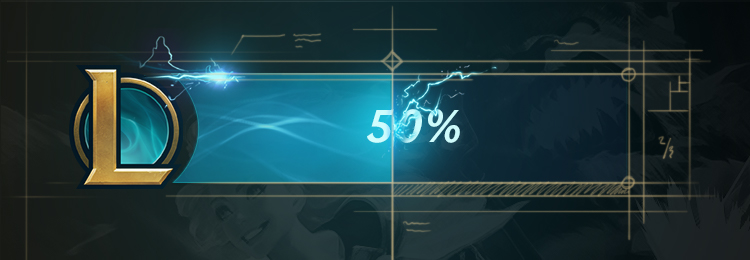Supercharging Data Delivery: The New League Patcher

For the past 8 years, League has been using a patching system called RADS (Riot Application Distribution System) to deliver updates. RADS is a custom patching solution based on binary deltas that we built with League in mind. While RADS has served us well, we felt we had an opportunity to improve some key areas of the patching experience.
We knew we could deliver updates much more quickly and more reliably by using a fundamentally different approach to patching, so we set out to build a brand new patcher based on content-defined chunking. To compare our old and new patching solutions under the same conditions, we’ve been rolling out the new patcher incrementally over the past several months. This has allowed us to validate our assumptions about the effectiveness of a content-defined chunking approach.
Now that we’ve completed the rollout and have measured a ten-fold improvement in patching speeds, we’d like to share some details about how it all works. In this article, we’ll be discussing a few key elements of our new patcher, such as how the core algorithm differs from binary deltas, how we were able to maximize download speeds for players, and how we designed a scalable patch generation system that allows us to deploy a new version of League in minutes instead of hours. Binary deltas are a common way of delivering updates.
A binary delta – or binary diff – represents the difference between two versions of a file. You start with the two versions you want to diff, compare their contents, and then generate a binary patch. This patch allows anyone with a copy of the old file to convert it to the new version by reusing as much data as possible.
Source: riotgames.com